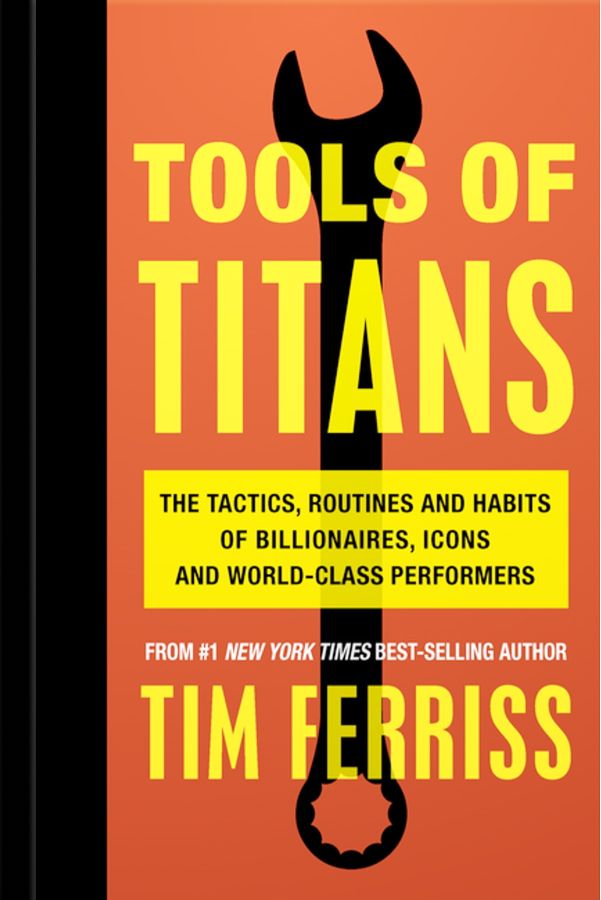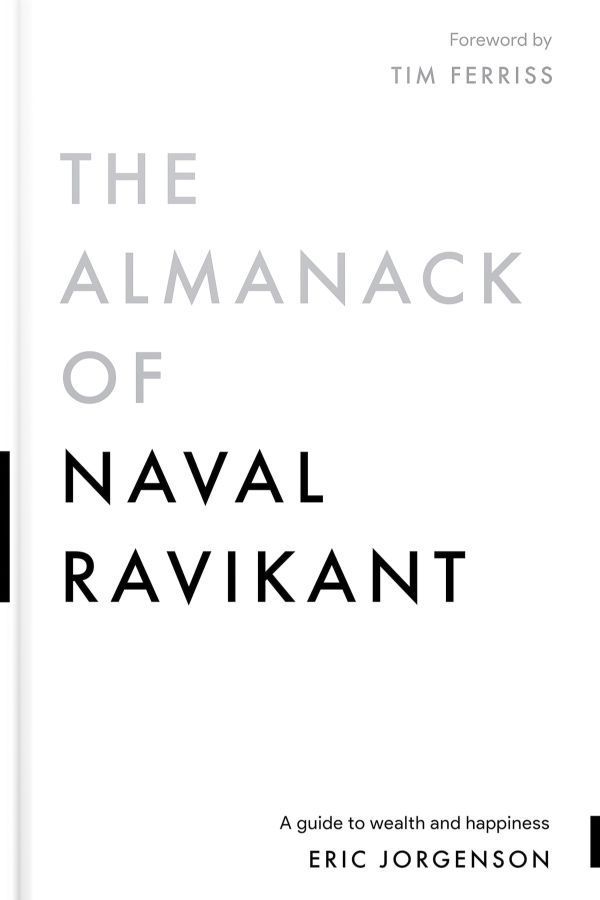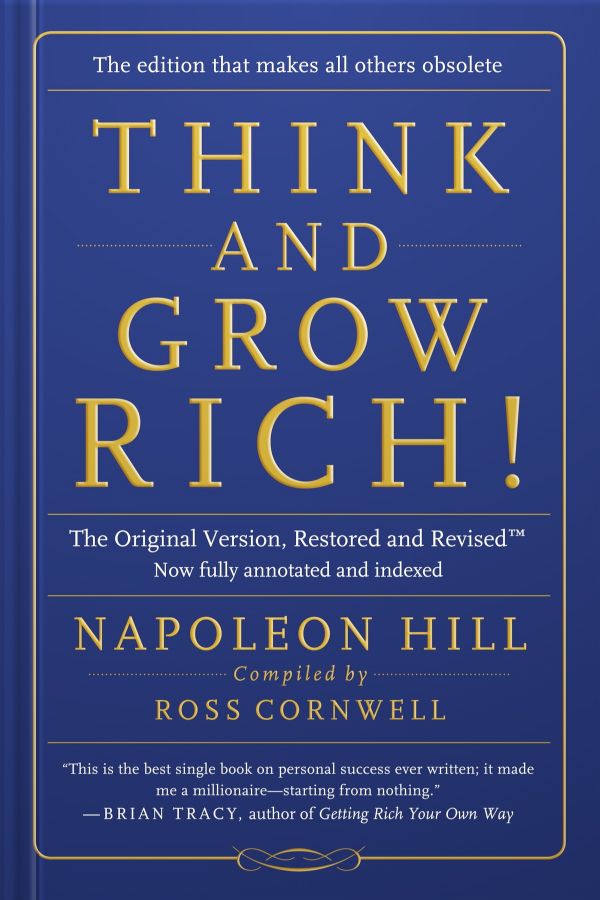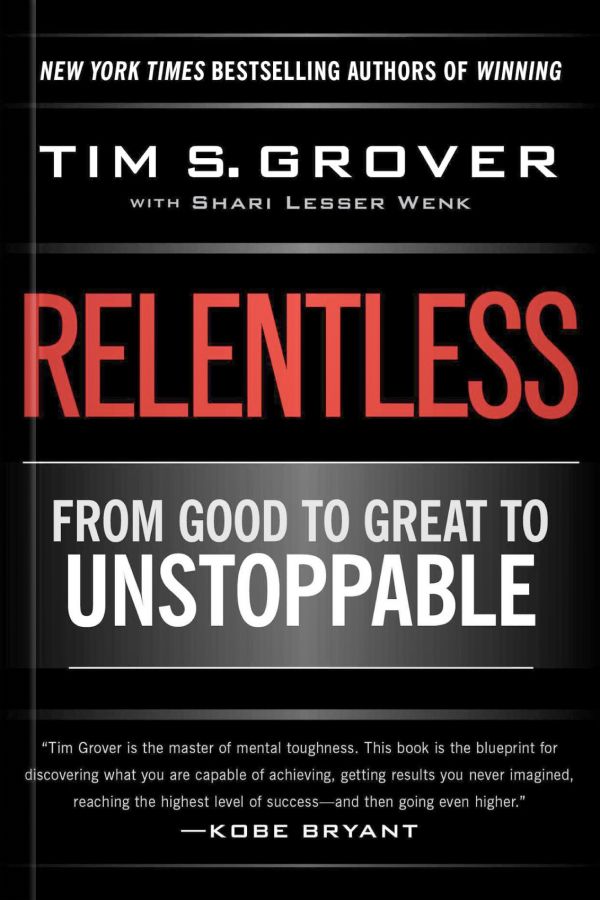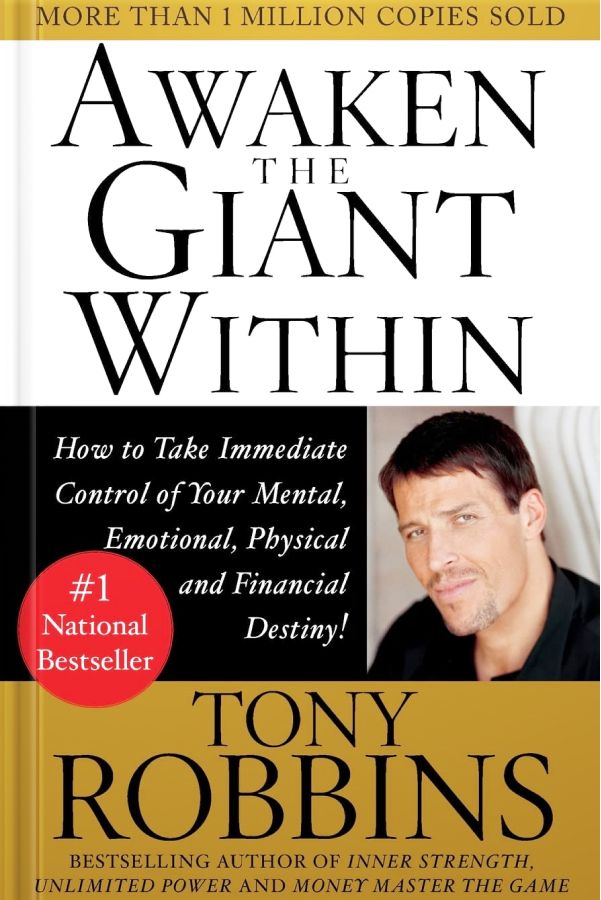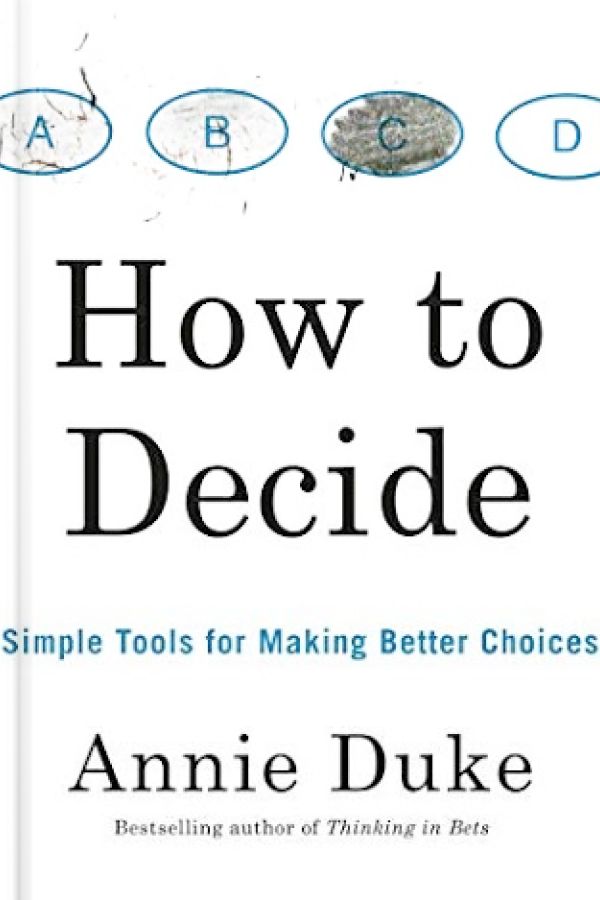
Business
How To Decide by Annie Duke
1. Remove biases from decision-making
Annie Duke encourages readers to remove biases from their decision-making process. Our inherent biases can cloud judgment and steer us towards less optimal outcomes.
"It's important to know when you're deciding from a place of bias. Understanding and acknowledging your biases is the first step to making better decisions." - Annie Duke
2. Make decisions faster
Time is a valuable resource. Duke recommends setting a timer to force yourself to decide within a specific timeframe. This prevents analysis paralysis and saves time.
"Setting a timer is a great tool for speeding up your decision-making process." - Annie Duke
3. Evaluate decisions by process, not the outcome
Duke advises not to judge decisions purely on their products. A good decision can still lead to a bad result due to luck or unforeseen circumstances. Focus on the decision-making process instead.
"We have to learn to be kinder to our past selves and know that they made the best decision they could with the information they had at the time." - Annie Duke
4. Use a decision journal
Keeping a decision journal helps to track your thought process during decision-making. This provides valuable insights into how your decisions evolve, which can improve future decision-making.
"By keeping a decision journal, you get a realistic view of your decision-making process." - Annie Duke
5. Understand the role of luck
Recognize that luck plays a significant role in the outcomes of our decisions. Sometimes, despite our best efforts, things don't work out as planned due to unforeseeable events.
"Luck is a significant contributor to our outcomes. Recognizing this can help us avoid attributing all our successes or failures solely to our decisions." - Annie Duke
6. Embrace uncertainty
Instead of fearing fate, Duke recommends embracing it. Understanding that the uncertain future helps you make decisions for various potential outcomes.
"Embracing uncertainty helps you widen your perspective, enabling you to make decisions that are adaptable to a wider range of possible future scenarios." - Annie Duke
7. Use backward induction
Backward induction involves thinking about your end goal and then working backward to determine the steps needed to reach it. This process can clarify the path to your destination and improve decision-making.
"Backward induction helps us clearly define our goals and illuminates the steps we need to take to achieve them." - Annie Duke
8. Consider 'Opportunity Cost.'
Always consider the opportunity cost in your decision-making process. Understanding what you might be giving up for your choices can provide a broader perspective and lead to better decisions.
"An opportunity cost is the value of the best alternative you’re giving up. Considering this can broaden your viewpoint and lead to better decision-making." - Annie Duke
9. Use Pre-Mortems and Pre-Parades
Pre-mortems and pre-parades involve visualizing a decision's worst-case and best-case scenarios, respectively. This can help manage expectations and prepare for various outcomes.
"By doing a pre-mortem, you can identify potential pitfalls before they happen. Similarly, a pre-parade can help you assess if a decision is overly optimistic." - Annie Duke
10. Practice decision hygiene
Maintain good decision hygiene by removing bias, considering the long-term implications, acknowledging uncertainty, and constantly evaluating your decision-making process.
"Just like brushing our teeth daily, practicing decision hygiene can help us keep our decision-making skills in top shape." - Annie Duke

